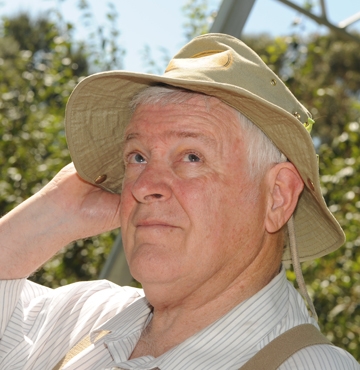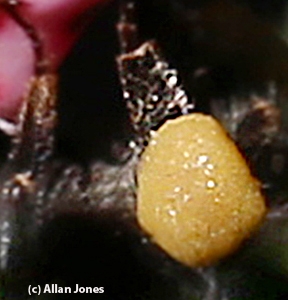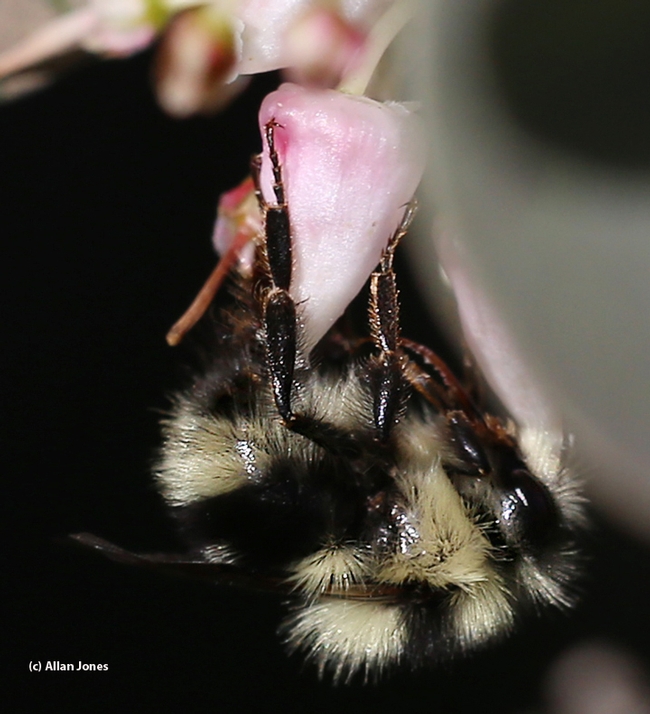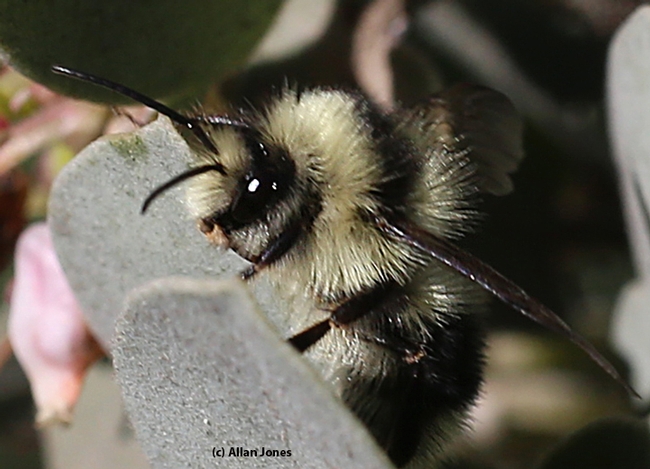
Arthur Shapiro, distinguished professor of evolution and ecology at UC Davis, annually sponsors the "Beer for a Butterfly" contest, offering a pitcher of beer for the first cabbage white butterfly (Pierae rapae) of the year found in the three-county area of Sacramento, Yolo and Sacramento. He launched the contest in 1972 as part of his long-term studies of butterfly life cycles and climate. This year he again won the contest; he collected a newly eclosed butterfly at 1:56 p.m. Thursday, Jan. 19 near the Solano Park Apartments on the UC Davis campus.
But where's the first bumble bee of the year in the Yolo county area?
Drum roll...
At 2:02 today (Friday, Jan. 27) naturalist and insect photographer Allan Jones of Davis alerted us: "Two Bombus melanopygus on manzanita just east of the redwood grove (UC Davis Arboretum)."
And then he found another melanopygus. It was a three-in-one day.
The story behind the story: five years ago, a small group of keen-eyed bumble bee aficionados (Robbin Thorp, distinguished emeritus professor of entomology at UC Davis and co-author of Bumble Bees of North America: An Identification Guide; and three naturalists and insect photographers Gary Zamzow and Allan Jones of Davis, and yours truly of UC Davis) launched our own contest.

In an unusual twist, Jones found both genders at the same time. After finding and photographing two males just east of the Arboretum's redwood grove, he spotted and photographed a female just west of it.
"Surprising to see males this early in the season," noted Thorp, who co-authored the book, California Bees and Blooms: A Guide for Gardeners and Naturalists. "Unusual to see males before any workers are on site. Could be from a gyne that overwintered but was not mated before she went into hibernation; or maybe the sperm she received were not viable; or maybe she was unable to release sperm from her spermatheca to some eggs as they passed through her reproductive tract."
"At any rate," Thorp told Jones, in congratulating him, "you got two firsts for the season at one time."
Great job, Allan Jones! And the bumble bee season begins...
Attached Images:

